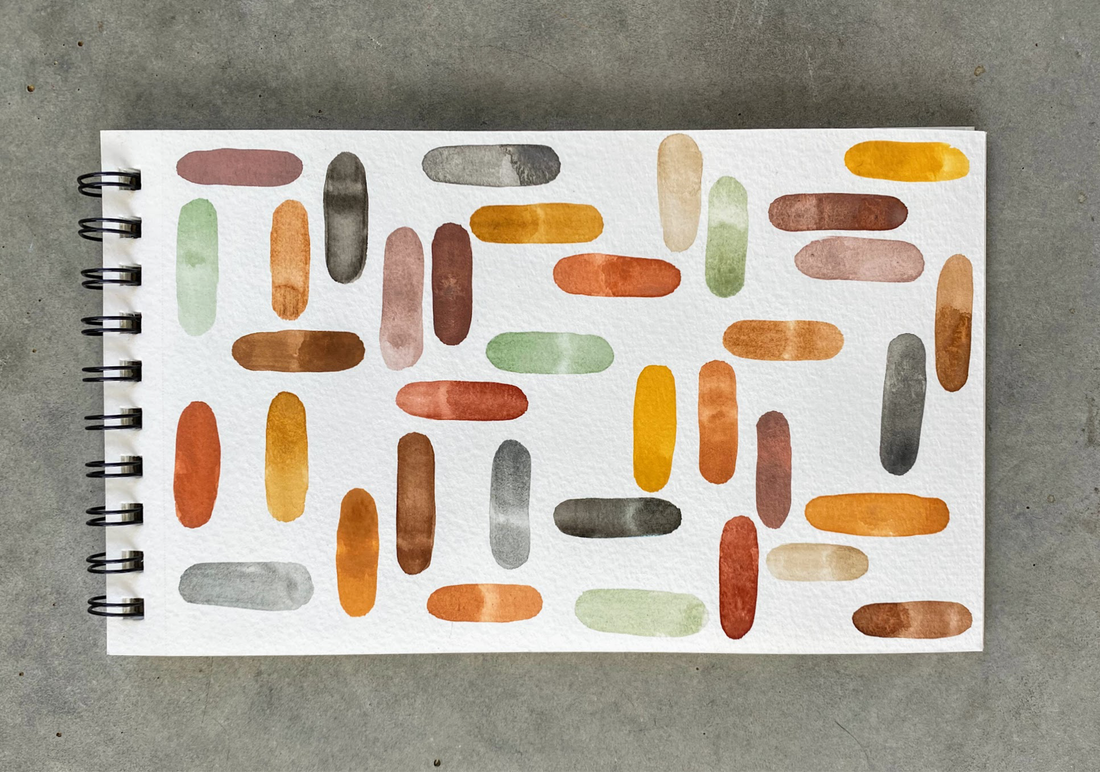LIGHTFASTNESS: (n) property of a pigment or paint that describes how resistant to fading it is when exposed to light.
If you are investing your time and money into creating art that you want to last forever – you’ve probably considered the lightfastness of the media you use. I have too. In fact, I mentioned, in a long-ago caption, that my dad is a (now retired) pigment chemist. As a child, I was so fortunate to join him in his lab to test lightfastness – in fact, I did a science fair project looking at the lightfastness of cochineal 🪲 over varying amounts of time and energy.
Pure minerals are the most permanent to UV of any substances. I had this written as “minerals are permanent to UV” – BUT – then I texted and chatted with my dad and he told me the most appropriate way to state this is how I have, above. All materials degrade over time. Sunlight, indoor light, all light – is powerful and will impact materials. In soils – we think of this process as weathering and welcome it as it results in neo-formed minerals and leads to the availability of nutrients for plants – and animals and therefore LIFE!
But back to physical properties of minerals. It’s one of the core principles of what defines a mineral (see a previous post about minerals – a set of defined physical parameters including color, luster, cleavage…). Therefore, all the natural, mineral pigments I work with are “permanent” (or as permanent as anything is) to UV. Synthetic pigments (created by humans in a lab) vary. I note the lightfastness of each soil-based watercolor on a watercolor ID page. All the synthetic pigments I use range from good to excellent in terms of lightfastness.

